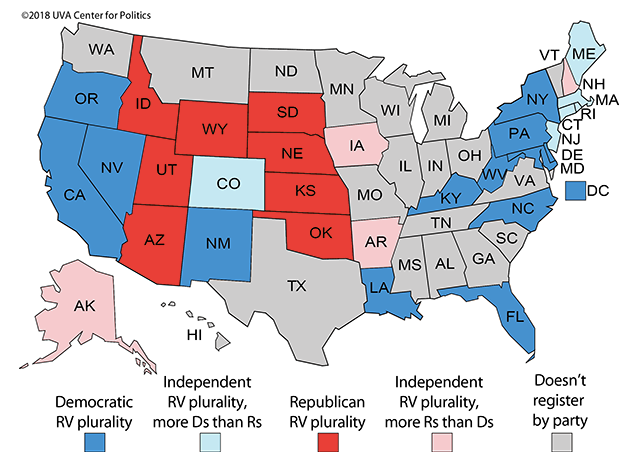The anti-Trump vote is the single largest coalition in American politics. That was true in 2016, despite Hillary Clinton’s defeat in the Electoral College. It was true in 2017, after Democrats won major victories in Virginia and Alabama. And it was true in 2018, when the anti-Trump coalition gave Democrats a majority in the House of Representatives.
Despite their influence, however, anti-Trump voters are practically invisible in recent mainstream political coverage. Instead, the focus is the president’s most fervent supporters, as it has been since 2015, when Trump came down his escalator and announced his campaign for the White House. This past week is a prime example.
On Sunday, as nearly everyone knows by now, Trump launched a racist attack on four progressive congresswomen — Alexandria Ocasio-Cortez, Ilhan Omar, Rashida Tlaib and Ayanna Pressley — telling them to “go back and help fix the totally broken and crime infested places from which they came” and casting them as un-American on the basis of their racial backgrounds.
Most Americans rejected the president’s outburst. Fifty-nine percent, according to a recent Reuters/Ipsos poll, said it was “un-American,” and 65 percent said it was “racist.” A total of 68 percent said it was “offensive.”
Key numbers: Among the 31 states (plus D.C.) with party registration, there are nearly 12 million more registered Democrats than Republicans. 40% of all voters in party registration states are Democrats, 29% are Republicans, and 28% are independents




